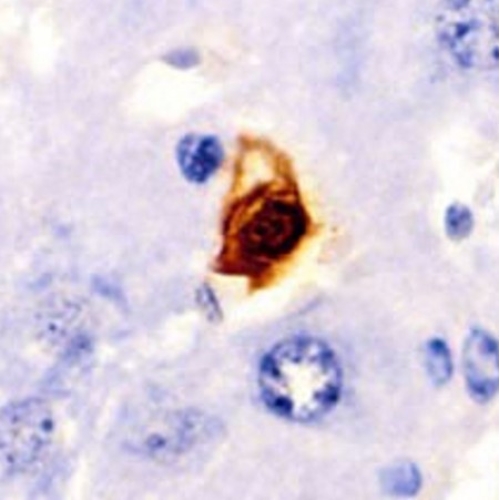We all know iron as a crucial element for health, but recent research has unveiled its darker side. However, when present in excess, iron can be detrimental, potentially leading to a range of health issues. This delicate balance is crucial; too little iron leads to anemia, but too much can cause oxidative stress and damage cells. A recent research explores this lesser-known aspect of iron's impact, particularly its role in fibrosis (scarring of organs) and the emergence of senescent cells. It highlights the importance of regulating iron levels within our body to maintain optimal health.
Research details
The researchers used mouse models and human patient samples for a comprehensive analysis. They induced fibrosis in the mouse models and then measured iron levels in the affected tissues. They also analyzed human tissue samples from patients with diseases like lung fibrosis and diabetic kidney disease, looking for iron accumulation. The team used various techniques to quantify iron levels and assess tissue damage, correlating these findings with the severity of the diseases.
The study's analysis provides compelling evidence of the relationship between iron accumulation and disease severity. In lung fibrosis models, the researchers quantitatively measured iron in tissues, finding a significant increase in iron-loaded cells in areas with abnormal collagen deposition, a sign of scarring or fibrosis. This correlation was not merely incidental; it suggested a direct link between iron levels and fibrosis severity.
Similarly, in the analysis of human kidney biopsies from patients with diabetic kidney disease, a critical disease marked by progressive kidney damage, the researchers found a direct correlation between iron levels and the severity of interstitial fibrosis and tubular atrophy. These are conditions where kidney tissue becomes scarred, and tubules, essential for kidney function, are damaged.
Researchers observed a notable increase in iron-loaded cells in areas with abnormal collagen accumulation, a sign of scarring or fibrosis. This correlation was particularly evident in lung fibrosis models, where senescent cells, a hallmark of aging, were also present. Similarly, in the analysis of human kidney biopsies from patients with diabetic kidney disease, higher iron levels were directly related to the severity of interstitial fibrosis and tubular atrophy, where senescent cells were prevalent.
The statistical findings are significant for several reasons. First, they establish that iron accumulation is a common feature in different types of tissue fibrosis, not limited to a single organ or disease. This broadens our understanding of the role of iron in various diseases. Second, the correlation between iron levels and disease severity suggests that iron accumulation might not just be a consequence of the disease process but could actively contribute to disease progression.
By offering a quantifiable measure of iron's impact on disease, the study opens up new avenues for potential treatments. For instance, therapies that reduce iron accumulation in tissues could be explored as a means to slow down or reverse the progression of fibrosis in various organs. This could have profound implications for the treatment of diseases like idiopathic pulmonary fibrosis and diabetic kidney disease, where current treatment options are limited.
What does this mean?
The research's implications for future therapies are profound and multifaceted. By uncovering the role of iron in diseases like lung fibrosis and diabetic kidney disease, it opens new pathways for treatment. Current therapies for these diseases are limited, often focusing on managing symptoms rather than addressing underlying causes. This study suggests that targeting iron accumulation could be a more effective approach.
Iron regulation therapies could take various forms. For instance, drugs that reduce iron levels in tissues might slow down or even reverse the progression of fibrosis. This approach would be a significant shift from current treatments, focusing on the root cause rather than just the symptoms.
The implications extend beyond treating existing diseases. Understanding iron's role in fibrosis and aging could lead to preventive strategies. For example, monitoring and managing iron levels could become a part of routine health checks, especially for those at risk of diseases linked to iron accumulation.
Furthermore, this research enhances our understanding of iron metabolism in the body. It challenges the traditional view of iron as merely a nutrient and highlights its complex role in health and disease. This could lead to a broader reevaluation of dietary recommendations and iron supplements, particularly for individuals with a predisposition to fibrosis-related conditions.
The study also encourages more research into the cellular mechanisms by which iron contributes to disease. Understanding these mechanisms in detail could lead to even more targeted therapies, potentially offering cures rather than just treatment for symptoms.
Credits
This pivotal study was conducted at Barcelona Institute of Science and Technology and has been published in the journal Nature.






